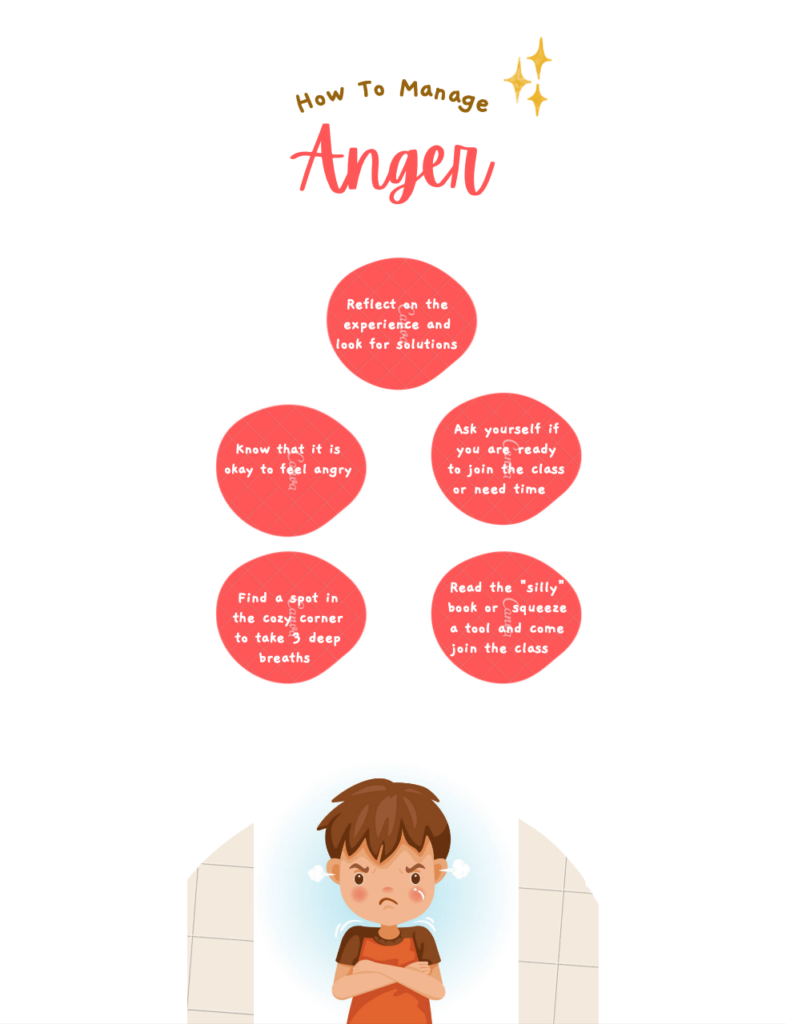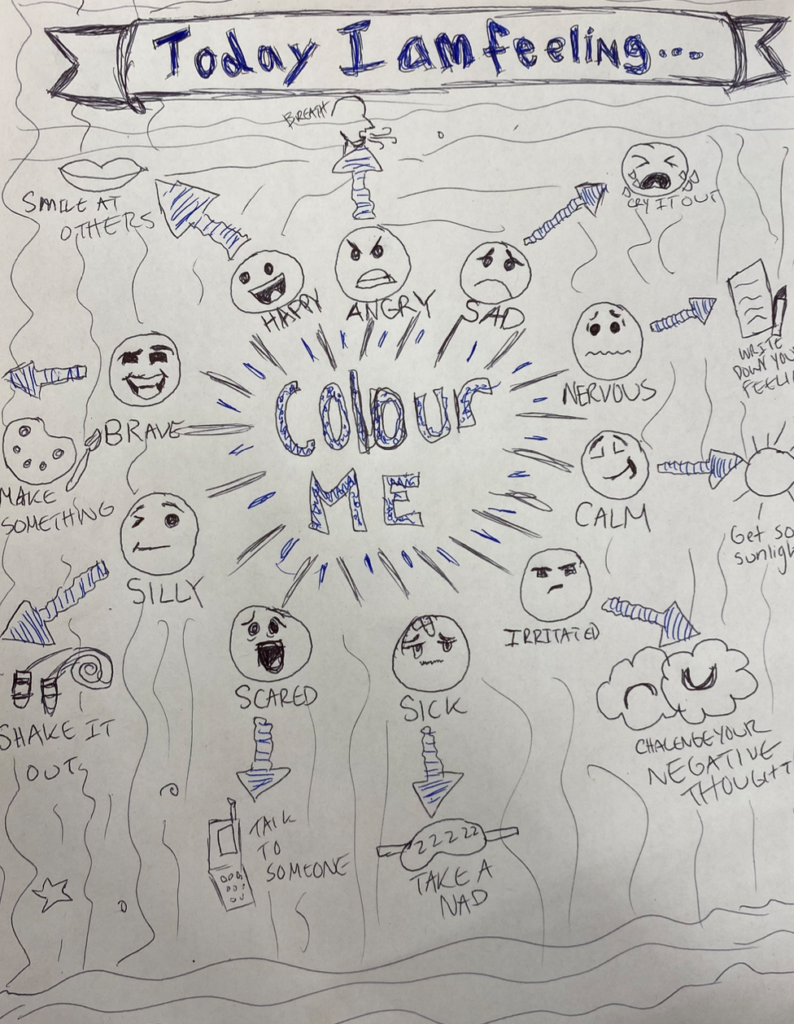Last week I discussed why cozy corners are crucial for traditional classroom environments (Why do we need them?) and wanted to explore how exactly to implement them. Well for starters the overall classroom environment and tools should be co-created with the students so the space feels inclusive and conducive to learning. Thus, it would only make sense that the implementation of this space is physically co-created with students as well as the guidelines.
GUIDELINES
To ensure every student not only benefits from the cozy corner but also understands its purpose, it is crucial to establish some guidelines when utilizing it.
Dr. Soma (2018) suggests the following guidelines to introduce calming corners:
- Teachers should introduce calming corners as “safe spaces”
- Tell students that it is not for students who are “in trouble” instead it is for all students to use (at the appropriate time)
- Invite all students to try out the space when it is initially implemented (one at a time)
- Ensure a time limit is discussed (5-10 minutes)
- Let students know the calming corner is a safer place for students to work through challenges (1-3 students at time)
- Co-create a simple signal that students can use to alert the teacher they need to process or calm themselves

For more information on guidelines for implementing calming corners visit the following article .
SET UP

Now that you’ve established some guidelines with the classroom and gathered some cozy materials to make the space feel comfortable, how will the students know what to do in the space? Well beside just verbally telling the students to use the space to self-regulate, it is important to organize the space with a variety of tools to help them reach that calm state. Though, stuffed animals, breathing balls, calm music, colouring sheets and cozy blankets are all excellent tools for this space, it is important to provide visuals to help children self-regulate. This is EXTREMELY important, to ensure the space is not used just to escape class and fill out colouring sheets, but a space where resolving conflict and understanding their emotions occurs.
VISUALS
As I was browsing for helpful visuals to include in a cozy corner I came across hundreds of visuals already created by educators. So I wanted to challenge myself to create my own since we were working on infographic this week. The visual I created on Canva would be placed on the floor or in the bin labeled “feelings”, so the students could not only identify their big emotions but also work through conflict resolution. I also created a sketchnote for children to identify their feelings, that I will include below.


If you are interested on starting the journey to implement your cozy corners I would check out this video where a practicing educator shares her top tips for the “perfect” calm down corner.
Next week, I will be switching directions to exploring some cautions and horror stories from educators that a have calm corners into their classroom.
Stay tuned…